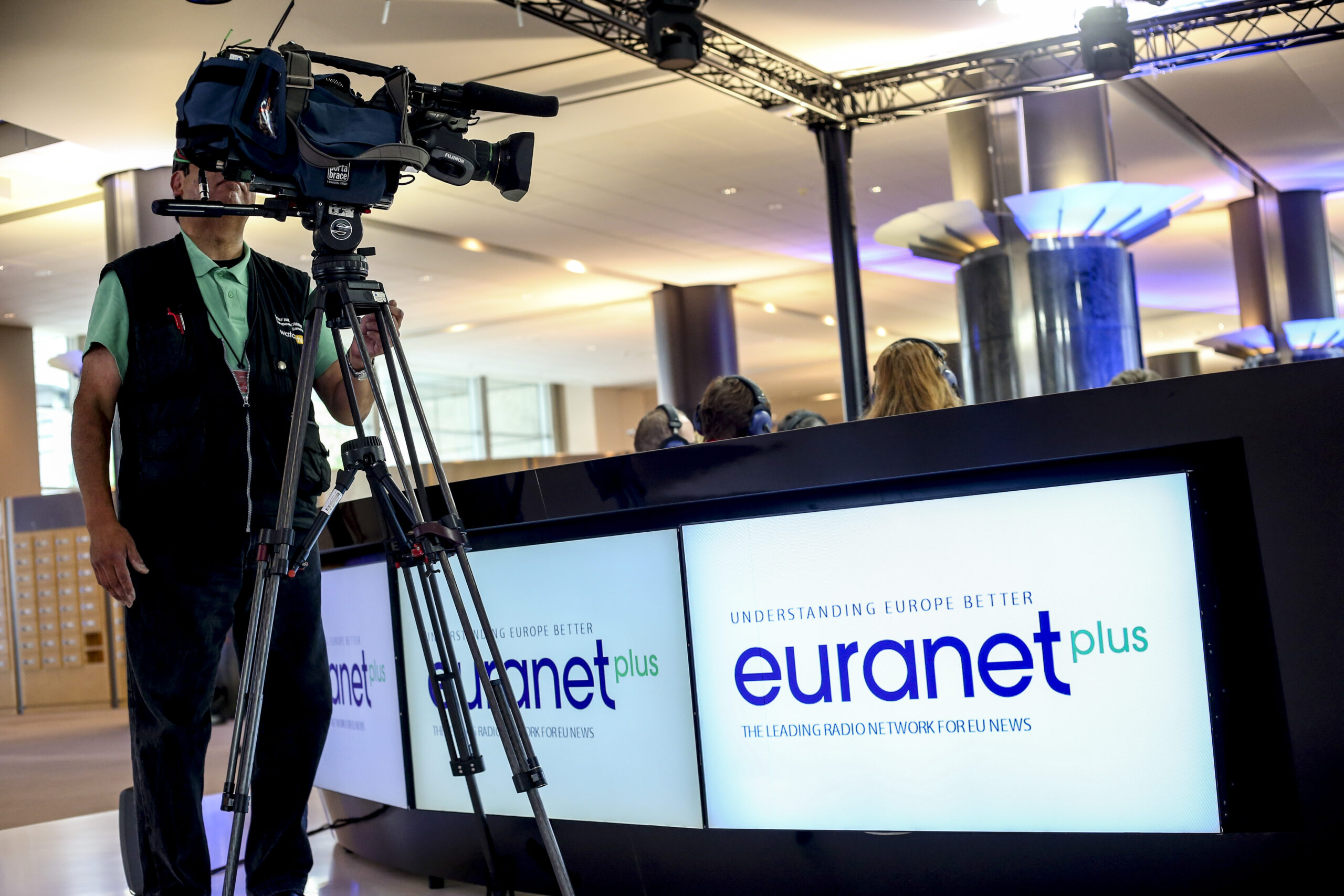By Lela Vujanić
In 2014, a group of journalists made the bold move to leave the Slovakian newspaper SME after it was partially acquired by an investment group with links to the government of Slovakia. They didn’t know they would soon be running a European media powerhouse.
The journalists launched their independent media outlet, Denník N, with an innovative subscription-based platform that allows journalists to connect directly with readers. Today, the news outlet has 70,000 subscribers and 120 employees, and is well-known for its quality journalism and investigative stories. While Denník N may seem like an outlier in the European media space, there are many entrepreneurial media projects across Europe that journalists have founded to escape media capture, reach underserved communities, and fill news deserts. Most of these are “digital native” news outlets—born and grown entirely online.
SembraMedia and our partners launched Project Oasis in April 2023 to study the sustainability, innovation, and impact of digital native media like Denník N across Europe. Based on research and interviews with founders, the project maps independent digital native media organizations that produce public interest content in a searchable directory.
The Project Oasis case studies and report demonstrate that while media leaders across Europe face common challenges, there is no one-size-fits-all path to building sustainable online newsrooms. Public interest media need stable, holistic, and flexible support in order to continue providing crucial information to readers.
Insights from the Project Oasis Case Studies
While revenue diversification is a long-standing industry rule, we have found that having more income sources does not necessarily correlate with greater success. The data showed that news outlets with less than two sources of revenue were likely to find themselves in the bottom third of revenue earners in most markets. But, surprisingly, increased revenue diversification does not always translate into better financial sustainability. Online news outlets with more than six sources of income did not always see an increase in revenue compared to similar-sized news outlets. The ideal number in most markets seems to be somewhere between two and six revenue sources.
Many of the media outlets we studied rely on their audiences for financial support. Reader revenue is a popular income source among outlets in countries where media capture is widespread and the government uses public funds to exert influence over the media.
OKO.press, one of Poland’s most-read online media outlets, describes itself as playing a government watchdog role. The outlet reports on social issues and is deeply embedded in Poland’s civil society, working with organizations across the country to cover rule of law, civil rights, LGBTQIA+ rights, women’s rights, environmental issues, and more. Paradoxically, political polarization around these issues has boosted demand for reliable, independent media in Poland. Approximately 70 percent of OKO.press’ revenue is based on individual donations, which allows the outlet to make its content available for free on its website, without a paywall or advertising.
Not only is revenue diversification key, but our research also found that news organizations that have invested in diversifying their teams to include staff members with skills beyond content production are generally more sustainable.
Most of the media outlets in this study were founded by journalists or editors with limited business experience, which some interviewees pointed out as the main obstacle to growth. Our findings show that organizations with at least one employee dedicated to sales or business development reported annual revenue that was, on average, six times higher than those that did not employ people in these roles.
Gender also proved to be a differentiating factor in newsroom sustainability, for better or worse. While the global media industry is still dominated by male leadership, digital native organizations are setting precedents—more than 58 percent of media founders in our report were women.
The study also showed that media outlets founded by teams that include both men and women reported the highest revenues, averaging approximately $535,922 per year. Media with only male founders reported the second-highest average annual revenue of approximately $523,264—more than four times that of organizations with only female founders. Anecdotally, our interviews suggest that organizations with female founders struggle to raise funds due to a lack of women in investment decision-making roles, and investors showing a higher aversion to risk when it comes to women-led companies.
Recommendations
Existing support mechanisms for independent digital native media are proving insufficient for addressing the financial crisis facing independent media. Media leaders, as well as media support organizations, have increasingly advocated for core funding for news organizations during the last decade.
To bolster media sustainability, donors should provide flexible grants that cover core expenses and do not require media outlets to cover specific issues at the expense of others. Additionally, new media leaders could be nurtured through easy-to-access seed funds and accelerator programs.
Finally, digital news outlets that are dedicated to serving the public interest need stable and unrestricted organizational support in the same manner that other vital sectors, like education and health, receive. There is a need to rethink how we understand sustainability and move the focus from the financial success of individual media organizations to the multifaceted societal benefits that this new generation of digital native news outlets are providing.
Lela Vujanić is a media policy researcher, educator, and editor from Croatia specializing in non-profit media, currently contributing to Project Oasis as regional research manager for Central and Eastern Europe.


Comments (0)